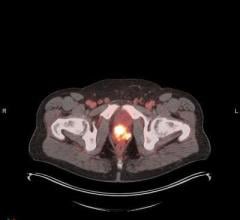
Greg Freiherr has reported on developments in radiology since 1983. He runs the consulting service, The Freiherr Group.
When PET Fails
We want absolutes; things we can depend on; certainties in an unfortunately uncertain world. It’s the kind of faith we put into positron emission tomography/computed tomography (PET/CT), even when it’s not warranted.
More than a year ago, the German Institute for Quality and Efficiency in Health Care released a study concluding that there was a dearth of support for the use of PET/CT as a reliable aid in diagnosing or monitoring for the return of melanoma. A systematic search found no published studies to indicate the relevance of PET or PET/CT in either primary staging or in the detection of recurrences of malignant melanoma. Nor was any research uncovered indicating the prognostic accuracy of this technique.
In the absence of documented failures or successes, PET/CT continues to be used by some physicians to stage melanoma or monitor patients for its recurrence. Its results are used, consequently, to ease patient worries, sometimes incorrectly.
So it was that a long-time friend of mine, who had been battling melanoma for the past six years, received a PET/CT, embraced its negative findings, then weeks later encountered symptoms that led him to undergo a brain CT, which revealed a large tumor in his parietal and temporal lobes.
In mainstream medical practice, FDG-PET is considered essential for staging and monitoring patients battling cancers such as lymphoma and that of the lung, according to Michael Vannier, M.D., professor of radiology at the University of Chicago. But PET has specific and significant limitations. These are often related to the type of disease, the isotopic agent and the size of the lesion, Vannier explained.
“We sometimes find that PET has been used inappropriately for certain tumor types. Renal cell cancer and prostate cancer are notoriously difficult to image with FDG-PET,” he told me.
Add melanoma to that list.
When PET/CT is used to do what it cannot do effectively, it may be an expression of an old maxim – that when all you have is a hammer, everything looks like a nail.
In this age of dwindling resources, we need to be a little pickier about what we hammer. The financial costs of doing so indiscriminately are high. Yet they pale when compared to the emotional price paid by patients whose belief in a bright future is unwarranted.


 May 17, 2024
May 17, 2024 








